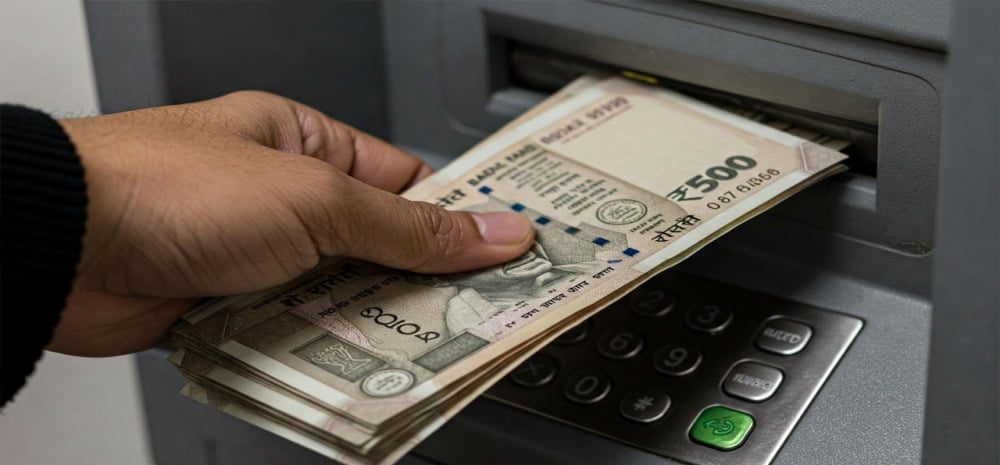If you often go to the ATM to withdraw cash then this news will surprise you. Actually, now withdrawing money from ATM is going to be expensive and your pocket will become lighter to withdraw money from the machine. The Reserve Bank of India (RBI) has approved the increase in ATM interchange fees and this increased charge is going to be implemented from 1 May 2025. Let’s know about it in detail…
ATM network outside the house will be expensive
According to the report, under the rules changing from May 1, if an ATM machine is made or a balance checked outside the home bank network, the user will have to pay more. Currently, the fee is applied on using ATMs outside the domestic bank network and it is going to increase further from 1 May. It is noteworthy that this increase is part of the amendments approved by the RBI based on the proposal of the National Payment Corporation of India (NPCI).
How much will the fee increase from May 1?
According to the report, till now if the customers used to withdraw money from the ATMs of other networks banks instead of their bank’s ATMs, then they had to pay a charge of Rs 17 on each transaction, which would increase from May 1 to Rs 19. Apart from this, if you were checking your balance from the ATM of another bank, then a charge of 6 rupees was levied, which will now increase to 7 rupees.
What is the free transaction limit of banks?
These fees will be applicable only when the bank users withdraw money after their free monthly transaction boundary. In the metro cities, the limit of free transactions from ATMs of banks other than domestic banks has been fixed at five, while the free transactions in non-Metro cities are three.
There was a demand for white-level ATM operators.
White-labeled ATM operators are constantly demanding to increase ATM withdrawal fees. He argued that the old fees were low in view of the rising operating costs. Pressure on small banks is likely to increase after RBI approves NPCI’s proposal. In fact, due to its limited infrastructure, they are highly dependent on the ATM networks of other banks. It is important to know that the increased interchange fee is the amount that one bank gives to another bank when one of its customers uses the ATM of another bank to withdraw money.
